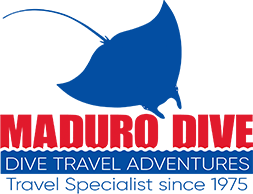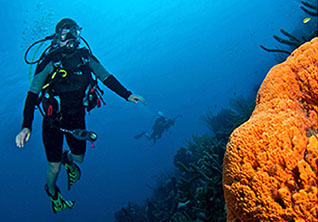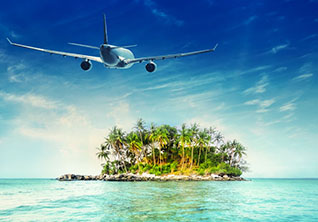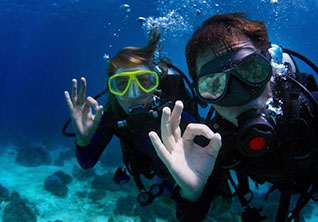Cebu and the Visayas Islands: The Heartland of The Philippines.
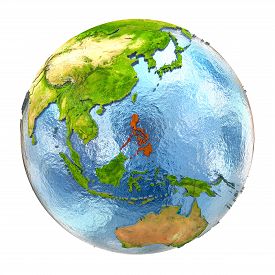
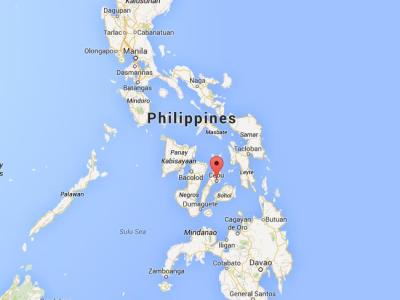
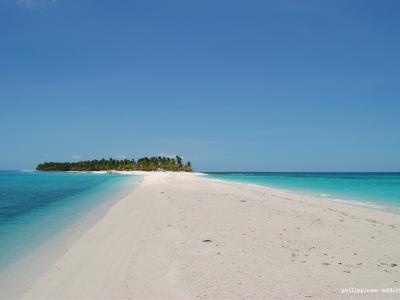
Magellan had no idea how good the scuba diving in this part of the world was, but in 1521 when Spain was big time in to colonizing the world, you couldn’t find a decent set of fins or a mask and snorkel to save one’s own life, so instead Magellan attacked the locals of Mactan Island and you probably guessed by now that his opportunistic overtures didn’t end well. After several other attempts, the Spanish finally colonized Cebu Island in 1565 and they had no clue that the surrounding waters were filled with large whale sharks, thresher sharks, hammerhead sharks, and pristine coral reefs. They also had no way of knowing that one day, Cebu’s white sand beaches and tropical sunsets would be more precious than all the gold in…well…Spain.
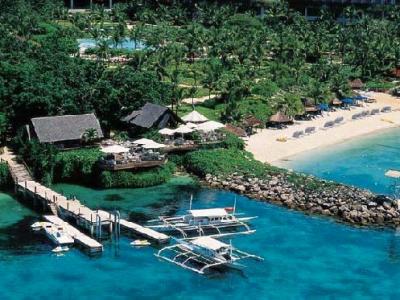
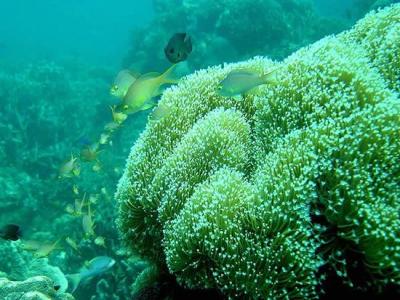
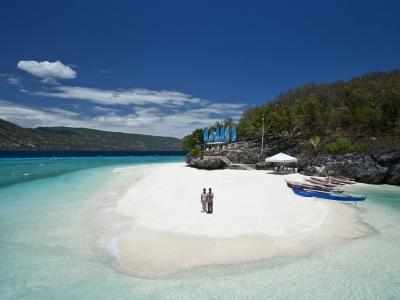
Cebu is the ninth largest out of some 7,100 islands that make up the Philippines and Cebu is one of the 167 islands that make up the central region of the Philippines. Because of the Spanish conquest, Cebu city is the oldest, as well as the first Christian city in the Philippines. Right next to the three million inhabitants of Cebu is Mactan Island; home to the Mactan-Cebu International Airport. It takes an hour flight from Manila or a 24-hour ferry ride to reach Cebu City and Mactan Island. The reason we mention all this is because adjacent to Mactan Island are more than a dozen well known dive sites. You can start right off shore at Kontiki Reef, or dive off one of the nearby islands such as Nalusuan Island Marine Sanctuary, Cabilao Island, Olango Island Marine Sanctuary, Shangri-La Marine Sanctuary, out at Hilutungan Island Marine Sanctuary. As you can see, there are lots of marine sanctuaries around Cebu and the neighboring islands. Photographers might enjoy Tambuli Reef and airplane wreck, or a nice macro dive at Agus Bay with soft corals, sponges and colorful fish. For advanced divers, Mactan Island is home to The Marigondon Cave where the ceiling starts at 30m (90ft) and the floor base is 43m (130ft) and goes back 40m (120ft). If you like diving with Nitrox (enriched air), large invertebrates, and pulsing flashlight fish, then this is the dive for you. If you are into wreck dives, then the 63m (190ft) long San Juan Ferry is the largest nearby wreck, but this 400 passenger vessel rests at 50m (150ft) of depth with the top at 35m (105ft). It’s been collecting coral and fish since an explosion took out the engine room in 2000. For another deep dive, there’s Tingo Point off of Olango Island. Here at 40m (120ft) is a ledge that drops off into a deep wall dive, but right off the wall and into the blue you have a chance to see thresher sharks on the lookout for schools of fish. The Monad Shoal at Malapascua is another site known for seeing thresher sharks at shallower depths rather than there usual deep water habitat.
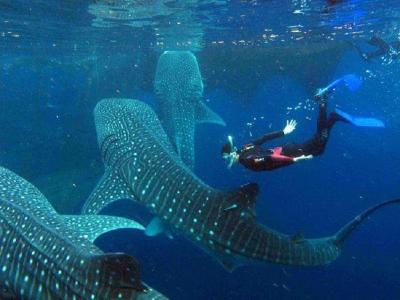
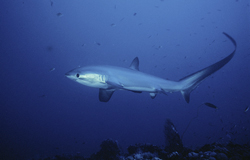
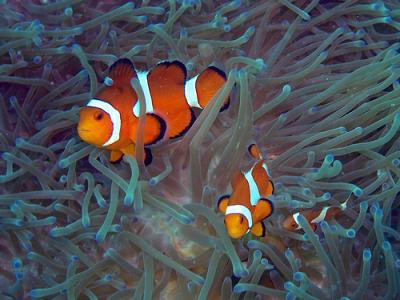
Down on the southwestern end of Cebu Island is the town of Moalboal where there must be more than two dozen dive sites. Pescador Island has the most requested dive sites such as Cathedral Cave with a awe inspiring view of the surface and a great place for night dives too. This area is also a marine sanctuary with plentiful fish, turtles, and coral. As for other dive sites, Tongo also has an impressive reef, caves, and drop off walls. Dolphin House has coral, caves, and pygmy seahorses. Panagsama Beach is the place to view the sardine run and Talisy Reef is a turtle sanctuary area. There are also lots of resorts, restaurants, and white sand beaches to check out here in your free time.
There are also charter operations that cruise around the Visayan Archipelago. You can dive Pescador Island, Balicasag Island off of Bohol Island and Sumilon Island. The marine sanctuary near the southern town of Oslob is where licensed operators can provide snorkeling and diving with whale sharks. Near Siquijor you can dive Sunken Island which is known for its schools of Napoleon wrasse, humphead parrot fish, and frog fish. As you can see, the diving sites seem to be endless and since Pilipino time is uncannily in sync with Margaritaville time, you can see how it could take many a fresh seafood dinner and incredible physical effort to leave the relaxing white sand beaches to visit all the local dive locations on a single visit.
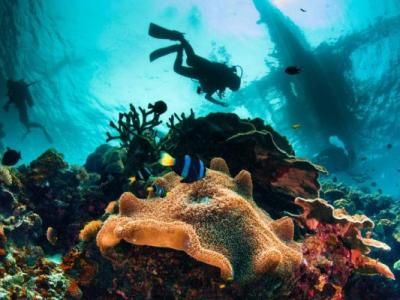
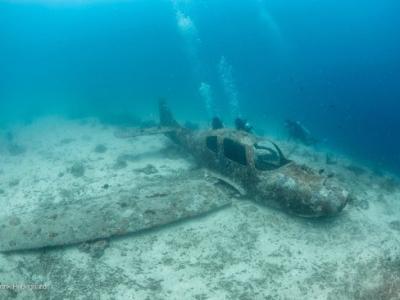
Things to know before you go: current is 220 volts, so bring a converter or two. The water temp varies between 23-30˚C (73-86˚F). You will see potentially poisonous sea snakes, but they are mildly mannered and generally won’t bite your tail if you don’t pull on theirs. Giving them a meter (3ft) of space is also a nice gesture or common curtesy. Some 26 million people speak the Philippine National language of Pilipino which is a central Manila dialect of Tagalog, but in Cebu and the surrounding islands, some 20 million people speak Cebuano, which is the second most spoken language out of the 180 some languages and dialects spoken in the Philippines. Fortunately for many of us, the most spoken foreign language in the Philippines is American English.
Most diving is done from traditional Philippine wooden hull vessels with outriggers called Bankas; pronounced (Ba ankas) they range from several to 13m (10-40ft) long. They are very sturdy and dependable in open waters and you will quickly become an expert at diving off and boarding back on again. Other local types of transportations to try are the Jeepneys which were originally transformed WWII willys jeeps with elongated seating compartments on the back end and metal horse statues welded to the hood on the front end. Now, some are prefabricated or made using Japanese trucks, and include very elaborate paint jobs and more fog lights than Baja 500 dune buggies. The motorized tricycles are a hoot to try too. The limited number of occupants and restricted weight or size of luggage seems to be anyone’s guess.

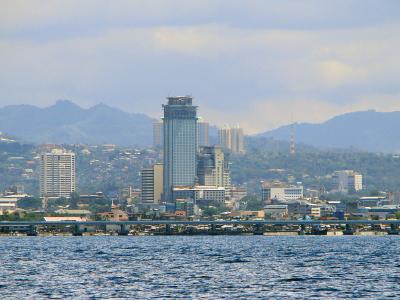
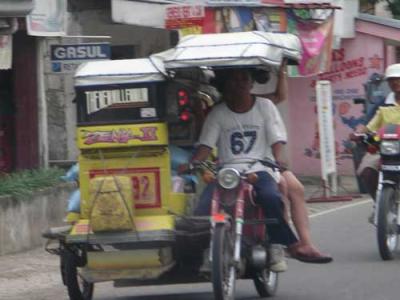
Now on your non-diving day we recommend a day trip to nearby Bohol Island to view the Chocolate Hills, the Matutinao Nature Park, Philippine tarsiers, and a boat ride on the Loboc river. You can also do an eight hour trip up to the Chambuhat Oyster Farm for a delicious seafood lunch. Back on Cebu Island you should make a point of going to Oslob and possibly to Sumilon Island for some time in the sun, water, and beach.
Near Oslob you can go to the village of Tan-awan where they feed the whale sharks krill. Tourists on Cebu will fill a highly organized parade of boats. Tourists can paddle out to the whale sharks where they have an opportunity to get in the water and snorkel with a group of whale sharks. This is a controversial tourist attraction as the normal migration of whale sharks in this area is 60 days and one whale shark named Mr. Bean lingered in this area 362 days just for the free food. Secondly, the krill they feed the whale sharks is just a small portion off all the types of krill whale sharks normally dine on along their normal migratory path. The jury is still out on if this is like eating a diet of hotdogs every night, but you get the idea. Lastly, the local whale sharks have become unafraid of boats, yet they have not had enough evolutionary time to learn to be wary of boats with propeller blades, which has had some negative consequences.
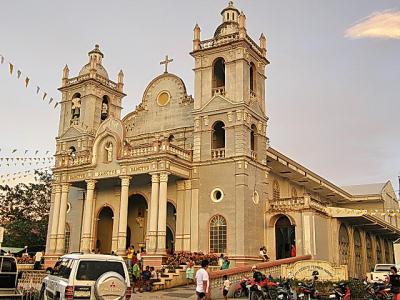
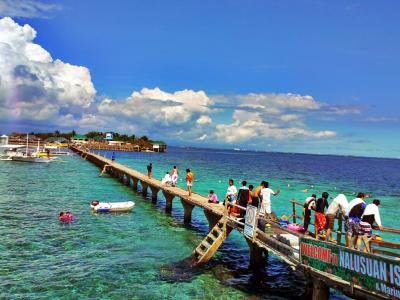
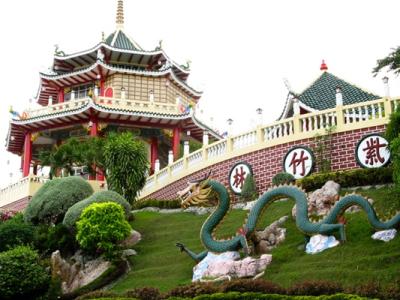
There are also a number of water falls to explore and day trips that include picnics and private beach excursions. Cebu has a number of modern shopping malls to explore for those that need more surface time. There are also several historical museums, historical sites such as Fort San Pedro built (started) in 1565, a must see Taoist temple, Christian and other religious as well as cultural landmarks, including the encased cross that Magellan brought to the islands on his ill-fated voyage. It’s ironical, but had Magellan come to Cebu as a tourist instead of a would-be conqueror, he would have had a great visit and great memories, instead of just the time of his life.
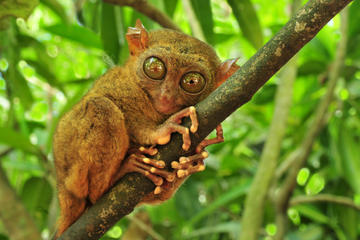
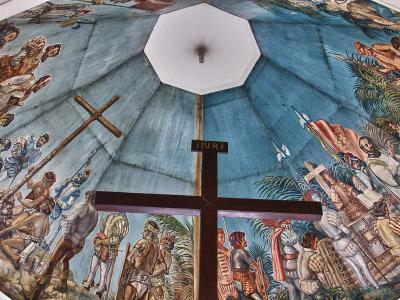
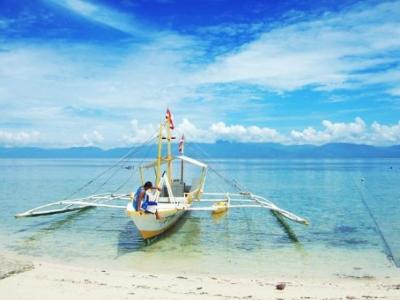
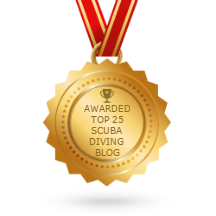
Recent Posts
- Eastern Malaysia, Sabah, Sipadan & More
- Ghost Pipefish, Pipefish, Seahorses, and Sea Dragons
- Australia Queensland and the Great Barrier Reef
- Tioman Islands, Malaysia
- The Riviera Maya
- The Peter Diving System
- The Bay Islands, Roatan, Utila, Guanaja, and more.
- The Cuttlefish; The Undisputed Master of Camouflage.
- The Maldives: A Garland of Islands in the Indian Ocean
- Frogfish, The Overlooked Camouflage Artist
Categories
- Australia
- Bahamas
- Bay Islands
- Belize
- Blue Hole
- Bonaire Diving
- Borneo
- Cayman Brac
- Cayman Islands
- Cozumel
- Curacao
- Cuttlefish
- Dive Destinations
- Dive Equipment
- Dive Liveaboards
- Dive Resorts / Properties
- Dive Travel
- Dive Travel Deals
- Diver Wellness
- Dolphins
- Dominica
- eagle rays
- Eagle Rays
- Family Travel
- Fiji
- Galapagos Islands
- Great White Shark cage diving
- Guanaja
- Honduras
- Indonesia
- Infographics
- Isla Mujeres
- Learning to Dive
- Little Cayman
- Maduro Dive Newsletter
- Malaysia
- Maldives
- Manta Rays
- Marine Life
- Mexico
- Micronesia
- Muck Diving
- Myamar
- Palau
- Papua New Guinea
- Pelagics
- Philippines
- Pinnacles
- Polynesia
- Reefs
- Riviera Maya
- Roatan
- Saba
- Sabah
- Scuba Diving
- Scuba Gear Reviews
- Scuba News/Events
- Scuba Training & Education
- Sea Legends
- sea lions
- Sea of Cortez
- Sharks
- Single Travel
- Sipadan
- Socorro Islands
- South Africa
- Specialties
- ST. Kitts
- Stingrays
- Tahiti
- Thailand
- The Bucket List
- Tobago
- Truk Lagoon (Chuuk)
- Turks and Caicos Islands
- Turtles
- Uncategorized
- Underwater Photography
- Underwater Video
- Utila
- Walls
- Whale Sharks
- Whales
- Wreck Diving
- Wrecks
- Yap
Archives
- January 2024
- April 2023
- March 2020
- March 2019
- January 2019
- November 2018
- September 2018
- July 2018
- May 2018
- March 2018
- January 2018
- October 2017
- September 2017
- June 2017
- April 2017
- February 2017
- January 2017
- October 2016
- August 2016
- July 2016
- May 2016
- March 2016
- February 2016
- January 2016
- December 2015
- August 2015
- June 2015
- April 2015
- January 2015
- November 2014
- July 2014
- April 2014
- February 2014
- December 2013
- November 2013
- October 2013
- September 2013
- August 2013
- July 2013
- June 2013
- May 2013
- April 2013
- March 2013
- February 2013
- January 2013
- December 2012
- November 2012
- October 2012
- September 2012
- August 2012
- July 2012
- June 2012
- May 2012
- April 2012
